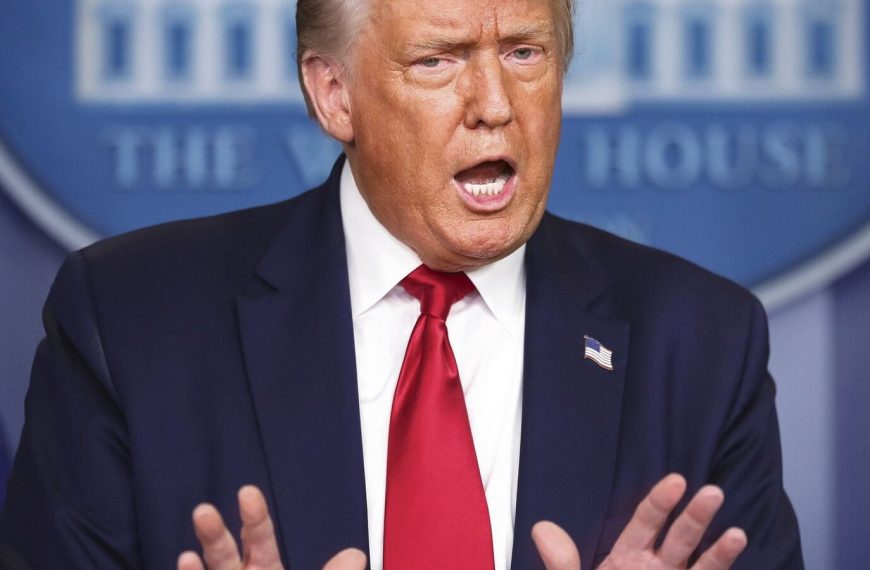Economists specializing in gilt-edged market making were recently invited by Rachel Reeves, the UK Treasury’s Chancellor, to share insights on the economic landscape. During this gathering, Reeves reassured them about her commitment to controlling public spending. This meeting is particularly significant as it precedes the Office for Budget Responsibility’s (OBR) forthcoming forecasts, which will be unveiled during Reeves’ spring statement scheduled for March 26. These projections will determine if she can adhere to her self-imposed fiscal guidelines.
Challenges Ahead for Reeves
The OBR’s assessment could pose challenges for Reeves as she prepares to announce potentially controversial reductions in her spending plans. This strategic move aims to stabilize public finances, but it may involve cuts to the welfare budget—an issue that could create friction among Labour’s backbench MPs. Additionally, funding for the UK’s green transition is also at risk, which could lead to disagreements with Energy Secretary Ed Miliband.
- Key Points:
- Reeves faces pressure to comply with her fiscal rule that day-to-day spending should match tax income.
- At her inaugural budget in October, she set a narrow buffer of £9.9 billion ($12.8 billion), which has diminished due to revised growth forecasts and increased borrowing costs.
A Shift in Financial Strategy
The necessity for Reeves to pivot towards spending cuts so soon after presenting her first budget, which was intended to restore stability following the Conservative government’s previous turmoil, is far from ideal. She had initially promised only one significant fiscal event annually, yet the upcoming spring statement appears poised to facilitate substantial changes in government spending.
Reeves emphasized her dedication to reducing expenses through efficiency and reform during her discussions with economists from gilt dealers. She referenced the upcoming spending review slated for June 11, reaffirming her steadfast allegiance to the fiscal rules in place.
Economic Climate and Market Dynamics
The Chancellor’s financial cushion has significantly diminished since the beginning of the year, primarily due to adverse conditions affecting gilts during a global rise in bond yields. While gilts have shown some recovery amidst another spike in borrowing costs this week, Reeves may still be compelled to enforce considerable budget cuts across various Whitehall departments, particularly in light of the OBR’s sobering growth predictions.
Early indications from OBR forecasts suggest that Reeves is on track to breach her crucial fiscal rule unless adjustments are made.
- Current Treasury Strategies:
- The Treasury typically engages with gilt dealers and investors annually, often with junior ministers rather than the Chancellor present. Reeves’ proactive outreach to these market participants indicates a heightened level of engagement from the government.
In the most recent annual consultation held in January, both investors and dealers advocated for fewer long-term gilt sales. Primary dealers play a crucial role in maintaining liquidity in the government’s debt market by purchasing bonds directly and reselling them. However, since the 2008 financial crisis, many banks have exited these roles, making it increasingly difficult for them to remain profitable.
The Changing Landscape of Gilt Dealers
In the past decade, the number of official gilt dealers has dwindled from 21 banks to 18. Notable exits include Societe Generale SA and Jefferies Financial Group, although Bank of Montreal joined the ranks last year.
As the UK navigates an evolving economic environment, the actions of Chancellor Reeves will be closely monitored as she strives to balance fiscal responsibility with the need for strategic investments in key areas.











